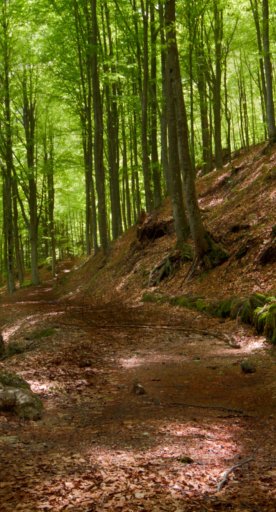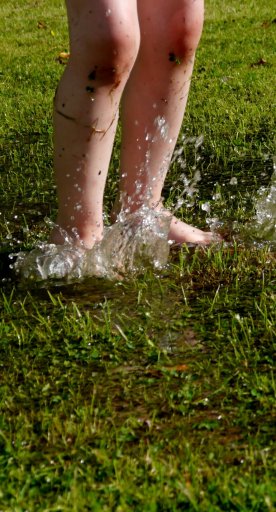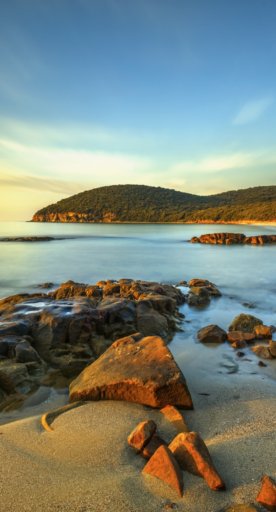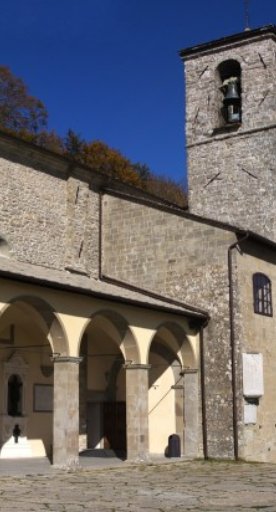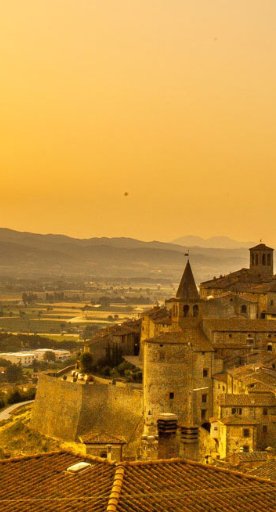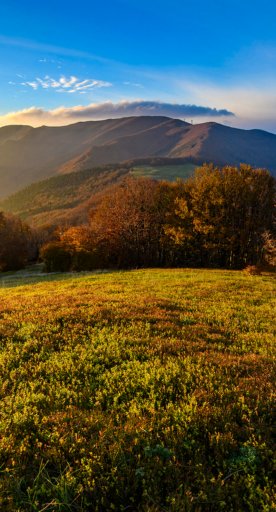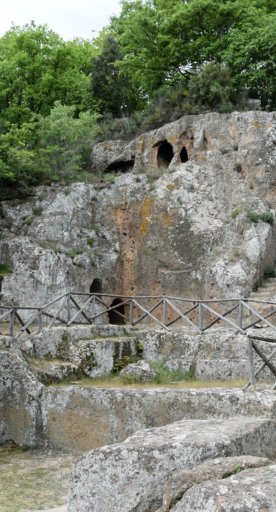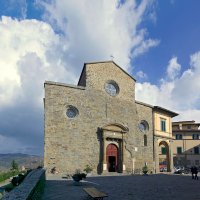

Sacred hermitages along the Via di Francesco in Tuscany
Places of faith and wilderness with ascetic charm punctuate the route that retraces the footsteps of the saint of Assisi
In addition to connecting important religious buildings such as Santa Croce in Florence with the basilica in Assisi, the Via di Francesco is punctuated by numerous places of worship amid nature and spirituality. Intimate corners of silence and prayer surrounded by sacred and majestic forests such as, among the best known, the Franciscan Sanctuary - La Verna – mentioned by Dante in his Paradise, canto XI (106 – 108) – and the monastery and the hermitage in Camaldoli. Others, less known but no less fascinating, preserve stories and works of art all to be discovered step by step, and in some cases offer hospitality to the pilgrim.
The Via di Francesco, pervaded by mysticism and untamed nature, thanks to this richness can be described as the way of the most striking hermitages in Italy.
-
1.Franciscan Sanctuary - La Verna
-
2.Monastery and hermitage in Camaldoli
-
3.Vallombrosa Abbey
-
4.Sanctuary of Santa Maria del Sasso
-
5.Hermitage of Cerbaiolo
-
6.Hermitage of Montecasale
-
7.Le Celle Hermitage
Franciscan Sanctuary - La Verna

Nestled in the monumental Casentino beech and fir forests that cover the Tuscan Apennine range, the Franciscan sanctuary of La Verna rises from Mount Penna clearly visible from the surrounding territories, that of the Casentino and Upper Valtiberina. This is the place where Saint Francis presumably received the stigmata, and is one of the most important Franciscan sanctuaries ever.
The complex includes the small church of Santa Maria degli Angeli built by Francis himself, a striking corridor lined with stained glass windows on one side and frescoes on the other, the Cappella della Sacre Stimmate and the Basilica of Santa Maria Assunta, which houses the Annunciation, one of Andrea della Robbia's masterpieces. One striking corner is the Sasso Spicco, an imposing rock that lies suspended, wedged at the end of a gorge, reached by a beautiful flight of steps.
Monastery and hermitage in Camaldoli

Inside the parco nazionale delle Foreste Casentinesi, Monte Falterona e Campigna, other religious gems make their way among the sacred beech and fir forests: the monastery and hermitage in Camaldoli. Founded in 1012 by the Benedictine monk San Romualdo, Camaldoli is home to two main nuclei: the monastey (which also features a guesthouse, an old pharmacy and a church that houses 5 admirable paintings by Giorgio Vasari) and, about three kilometers away, the holy hermitage, located at about 1100 meters above sea level, near the Apennine ridge on the border with Romagna.
Vallombrosa Abbey

A custodian of an important artistic heritage and embraced by the beautiful forests of Reggello, the Vallombrosa Abbey is a majestic monastic complex of peace and nature that organizes numerous religious and cultural activities, as well as welcoming the faithful and pilgrims. The Vallombrosian monks produce numerous herbal products, including liqueurs with renowned beneficial properties.
Elevated to the dignity of minor basilica in 1950, it is an Italian national monument.
Sanctuary of Santa Maria del Sasso

Located in the town of the same name near the historic village of Bibbiena, the sanctuary of Santa Maria del Sasso is a place of worship awarded the honorary designation of minor basilica, granted by Pope Pius XII in 1942. Inside it holds important artistic works of the Florentine, school such as the Madonna del Buio and a terracotta by Mattia della Robbia.
The convent is built around a spacious cloister with four porticoed sides and lunettes frescoed in the 18th century with the Miracles of the Madonna del Sasso.
Hermitage of Cerbaiolo
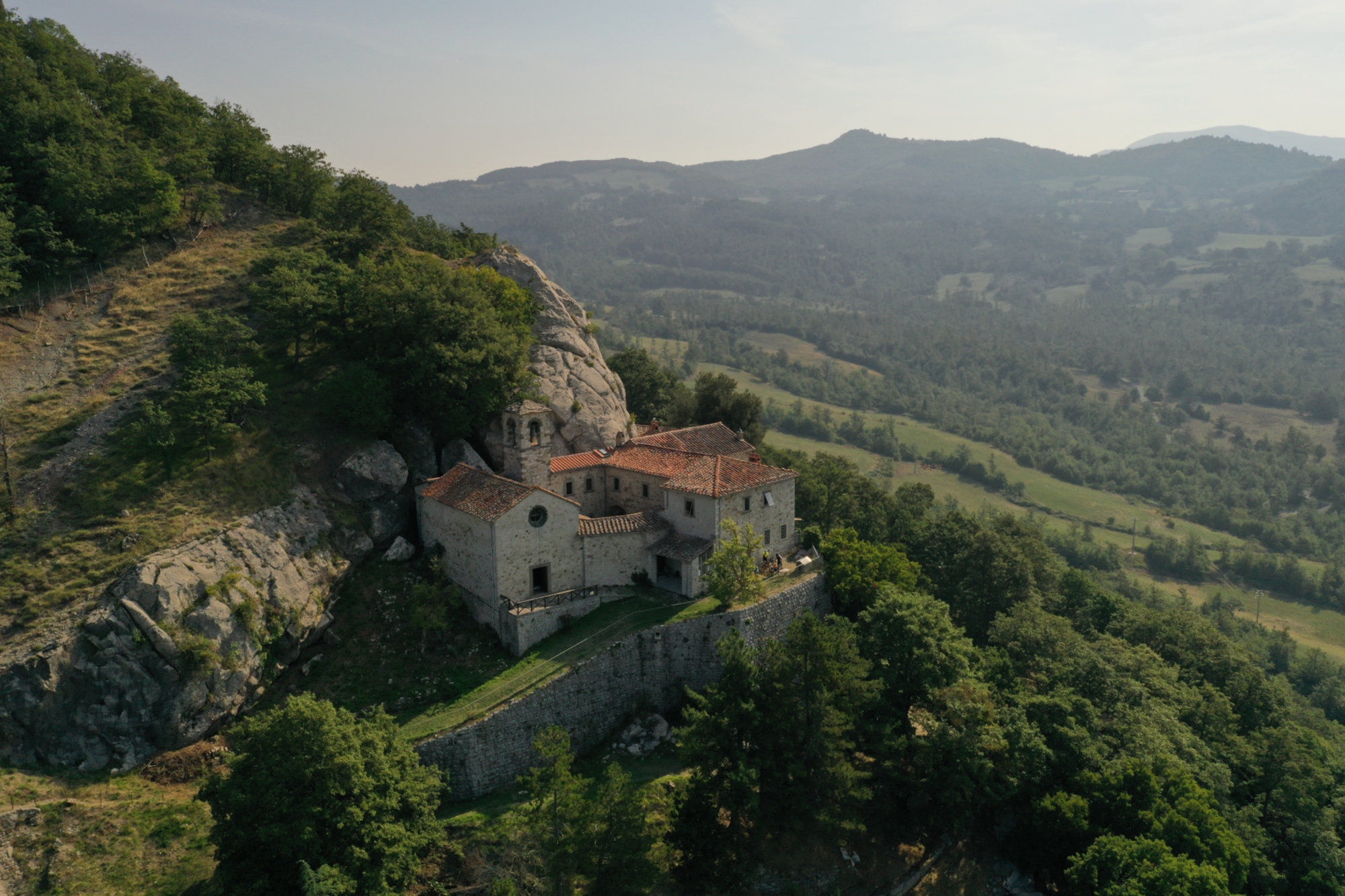
Impervious place of prayer and spirituality, the hermitage of Cerbaiolo rises perched on a spur of rock and enveloped by nature in the beautiful surroundings in Pieve Santo Stefano, in Valtiberina. Although much smaller, it is reminiscent of the shrine at La Verna and is surrounded by splendid views of the surrounding territories.
The complex was donated to St. Francis and inhabited by Franciscan Friars Minor from 1216 to 1783. In more recent times, it was the site of bitter clashes between German troops and partisans during World War II.
Hermitage of Montecasale

Founded by Saint Francis in 1213 after receiving it as a gift, the convent of Montecasale dates back to the 12th century, built in the splendid surroundings of Sansepolcro. A valuable example of poor architecture, it is a fascinating religious building nestled in the forests of the Valtiberia, which still has the characteristic features of ancient Franciscan convents.
Le Celle Hermitage

Just a stone's throw from the beautiful art and history town of Cortona, the Franciscan hermitage Le Celle is a place of inner peace and mystical nature with striking landscape views. A sacred building where silence reigns and dedicated to the search for God, it was the first convent to be founded by Saint Francis in 1211 A.D.
Some spaces are used to accommodate groups of people who intend to spend a limited period of spiritual retreat.
